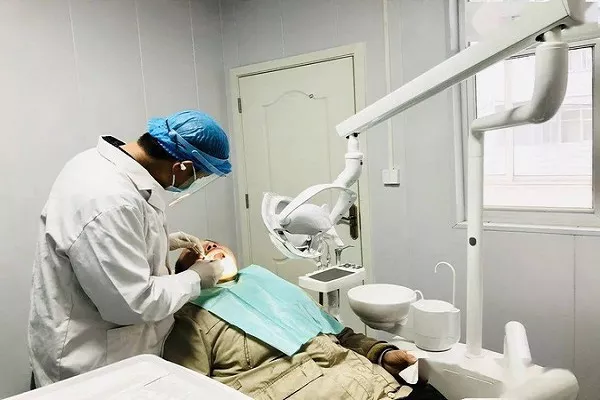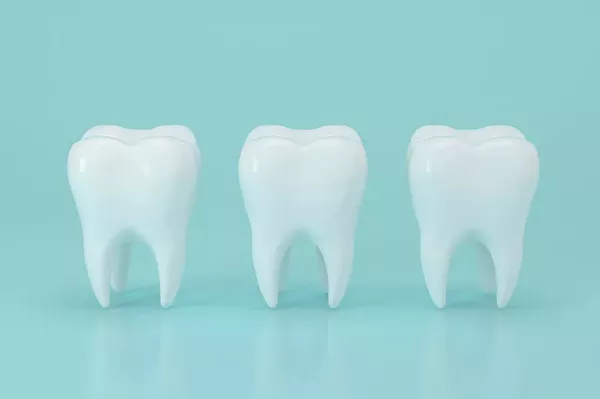Maintaining optimal oral health is a complex puzzle, and one common question that often perplexes individuals is whether tooth extraction or filling is the superior solution. Both procedures aim to address dental issues, but the choice between them hinges on several factors. In this in-depth exploration, we will unravel the intricacies of tooth extraction and filling, weighing the pros and cons to help you make an informed decision about your dental health.
Understanding Tooth Decay and Damage
To comprehend the choice between tooth extraction and filling, it’s crucial to understand the nature of dental issues. Tooth decay, also known as cavities or caries, is a prevalent concern. It occurs when bacteria in the mouth produce acids that erode the tooth enamel, leading to the formation of cavities. Additionally, trauma or accidents can cause structural damage to teeth, necessitating dental intervention.
The Role of Dental Fillings
Dental fillings are a common and conservative approach to addressing cavities and minor tooth damage. The procedure involves removing the decayed or damaged portion of the tooth and filling the space with a suitable material to restore its form and function. Different types of dental fillings are available, including amalgam, composite resin, gold, and porcelain.
Pros of Dental Fillings:
Preservation of Tooth Structure: Dental fillings aim to preserve as much natural tooth structure as possible, contributing to the long-term health of the tooth.
Less Invasive: Compared to tooth extraction, filling is a less invasive procedure, typically requiring minimal removal of the affected portion of the tooth.
Cost-Effective: In many cases, dental fillings are a more cost-effective option than extraction followed by a tooth replacement procedure.
Quick Recovery: Patients usually experience a quicker recovery after a dental filling, with minimal discomfort and downtime.
Various Filling Materials: The availability of different filling materials allows for customization based on factors such as aesthetics, durability, and cost.
Limitations of Dental Fillings:
Size and Severity of Damage: Dental fillings are most suitable for small to moderate cavities or minor tooth damage. Extensive damage may require alternative solutions.
Finite Lifespan: Fillings, especially those made of composite resin, may need replacement over time. The lifespan depends on factors like oral hygiene, diet, and the material used.
Potential Sensitivity: Some individuals may experience temporary sensitivity after a filling procedure, especially if the filling is deep.
Not Suitable for Severely Damaged Teeth: In cases of severe damage or infection, a filling may not be sufficient, and other options like root canal therapy or extraction might be necessary.
The Consideration of Tooth Extraction
Tooth extraction involves the complete removal of a tooth from its socket. This procedure is typically reserved for situations where the tooth is extensively damaged, infected, or poses a threat to the surrounding teeth and oral health.
Pros of Tooth Extraction:
Resolution of Severe Issues: Extraction is an effective solution for severely damaged or infected teeth that cannot be adequately addressed through other means.
Prevention of Spread: Extracting a severely decayed or infected tooth can prevent the spread of infection to neighboring teeth and tissues.
Space for Orthodontic Treatment: Extraction may be necessary in orthodontic cases to create space for proper teeth alignment.
Elimination of Pain and Discomfort: Extracting a painful or problematic tooth can provide immediate relief from discomfort.
A Clean Slate for Restorative Options: Extraction opens the door for various restorative options, including dental implants, bridges, or dentures, to replace the missing tooth.
Challenges of Tooth Extraction:
Irreversible: Once a tooth is extracted, it cannot be restored. The decision is irreversible, and replacement options should be considered.
Potential for Bone Loss: Extraction can lead to bone loss in the jaw over time, affecting the overall facial structure. This is particularly relevant if a tooth is not promptly replaced.
Requires Healing Time: The extraction site needs time to heal before any restorative procedures can be initiated. This healing period varies depending on the individual and the specific case.
Aesthetic Concerns: Extracting a visible tooth, especially in the front, may raise aesthetic concerns. Replacement options must be considered to maintain a natural appearance.
Making the Decision: Factors to Consider
Choosing between tooth extraction and filling involves a careful consideration of various factors:
Extent of Damage: Assess the size and severity of the decay or damage. Small to moderate issues are often suitable for fillings, while extensive damage may necessitate extraction.
Tooth Location: The location of the affected tooth plays a role in the decision-making process. Front teeth are more visible, and preserving them through fillings may be a priority for aesthetic reasons.
Overall Oral Health: Consider the impact on overall oral health. Extraction may be necessary if a tooth jeopardizes the health of surrounding teeth or if there’s a risk of infection spreading.
Patient’s Preferences: Patient preferences and comfort level with different procedures should be taken into account. Some individuals may prefer to preserve their natural teeth whenever possible.
Financial Considerations: Evaluate the cost implications of both procedures. While fillings are generally more cost-effective, the long-term costs of maintenance and potential replacements should be considered.
Future Restorative Options: If extraction is chosen, consider the potential restorative options to replace the missing tooth. This includes dental implants, bridges, or dentures.
Conclusion: Striking the Balance
In the realm of dental care, the decision between tooth extraction and filling is not a one-size-fits-all scenario. Each case is unique, and the choice depends on a combination of factors including the extent of damage, overall oral health, and patient preferences.
Dentists, as oral health experts, play a crucial role in guiding individuals through this decision-making process. A thorough examination, assessment of the patient’s dental history, and open communication about the available options are essential components of making an informed decision.
In essence, the goal is to strike a balance between preserving natural teeth whenever possible and addressing severe issues that may compromise overall oral health. Whether opting for a dental filling or tooth extraction, the ultimate objective is to ensure a healthy, functional, and aesthetically pleasing smile for each individual.
Related Topics:
Can a Teeth Filling Fall Out? Understanding the Causes, and Treatment
Causes of New Fillings Falling Out
How to Know if Your Tooth Filling Came Out – A Comprehensive Guide






























